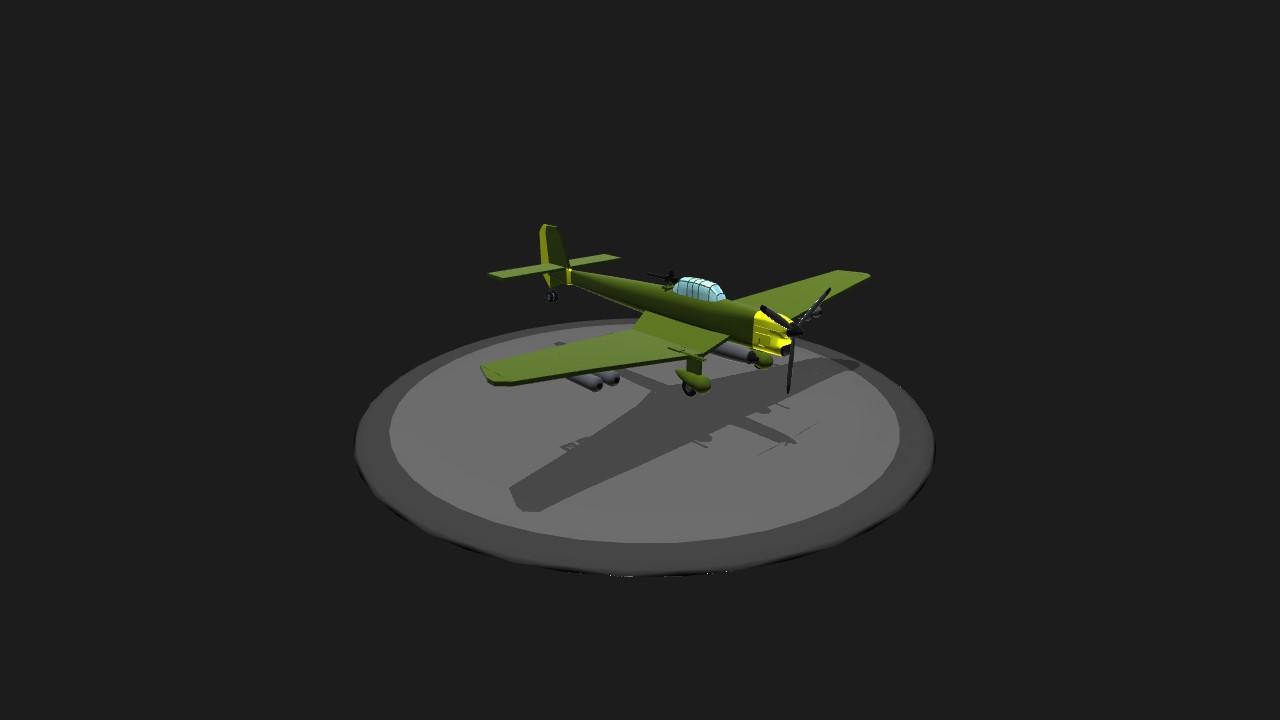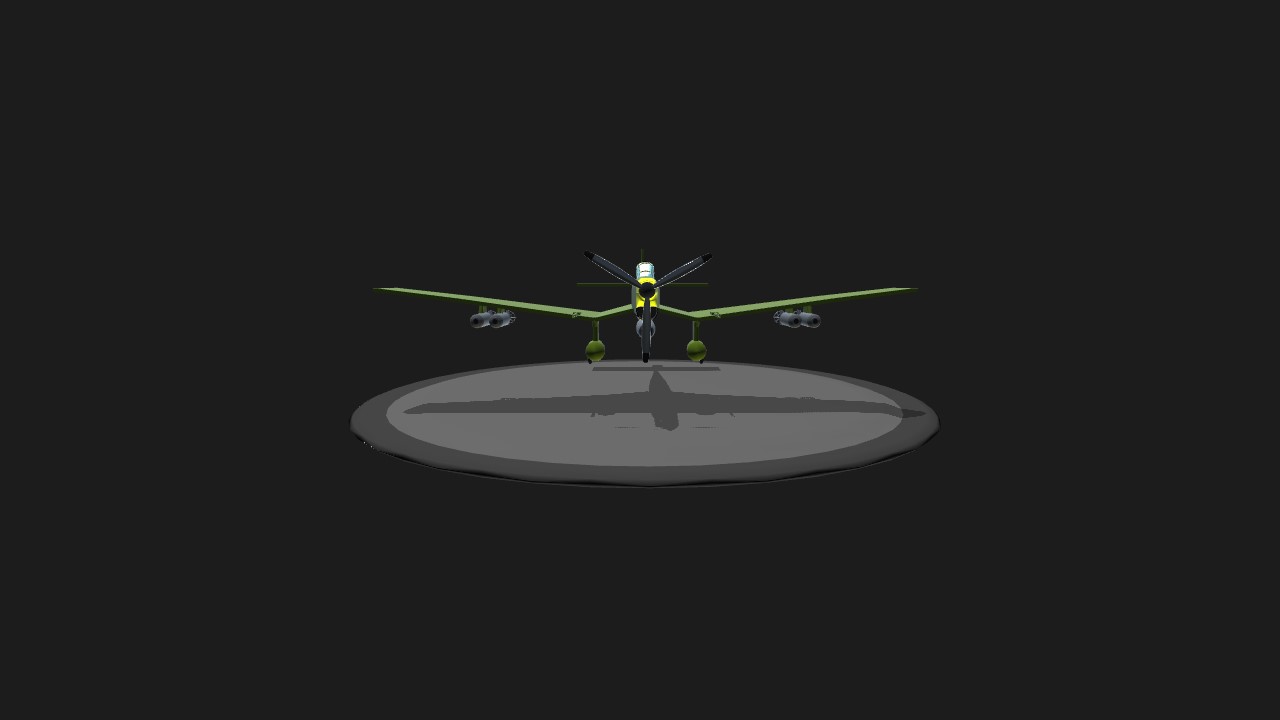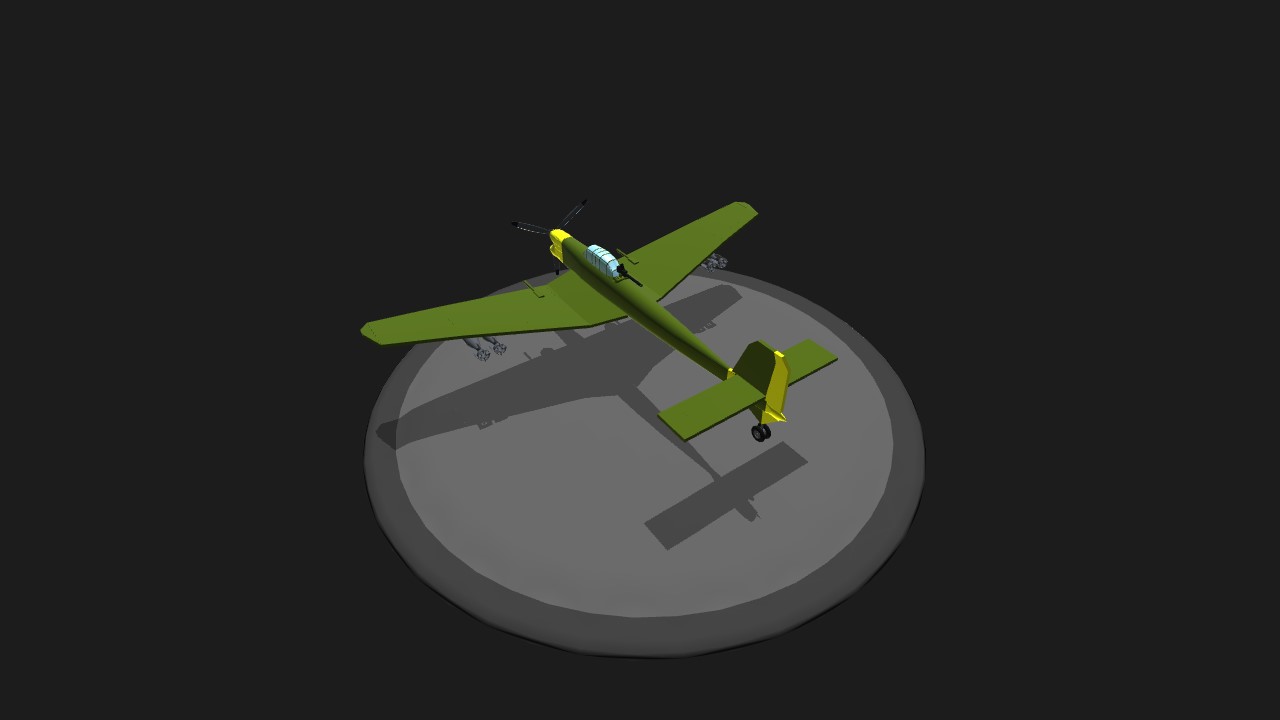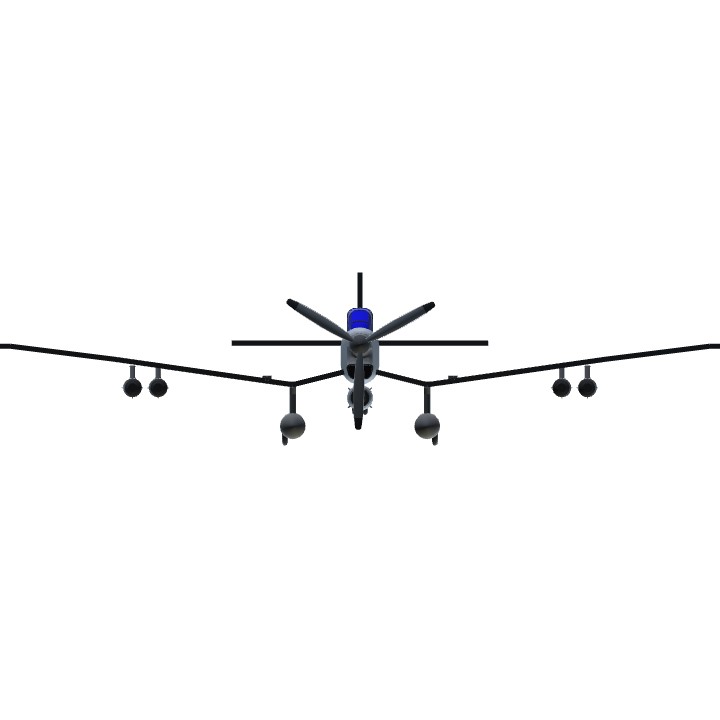As always, built 1:1 scale or as close as possible. Carries a payload of 4x250lb bombs and 1x500lb bomb. Make sure to adjust the tail gun with [3] before firing! The Junker Ju 87 is still among the most recognizable planes that Germany built during WWII. As always, keep on flying and enjoy!
--------------------------------------------------------------------------------------------
The Junkers Ju 87 or Stuka (from Sturzkampfflugzeug, "dive bomber") was a German dive bomber and ground-attack aircraft. Designed by Hermann Pohlmann, it first flew in 1935. The Ju 87 made its combat debut in 1937 with the Luftwaffe's Condor Legion during the Spanish Civil War and served the Axis forces in World War II.
The aircraft was easily recognisable by its inverted gull wings and fixed spatted undercarriage. Upon the leading edges of its faired main gear legs were mounted the Jericho-Trompete ("Jericho trumpet") wailing sirens, becoming the propaganda symbol of German air power and the blitzkrieg victories of 1939–1942. The Stuka's design included several innovative features, including automatic pull-up dive brakes under both wings to ensure that the aircraft recovered from its attack dive even if the pilot blacked out from the high g-forces.
The Stuka operated with considerable success in close air support and anti-shipping at the outbreak of World War II. It spearheaded the air assaults in the invasion of Poland in September 1939. Stukas were crucial in the rapid conquest of Norway, the Netherlands, Belgium and France in 1940. Although sturdy, accurate, and very effective against ground targets, the Stuka was vulnerable to contemporary fighter aircraft, like many other dive bombers of the war. During the Battle of Britain its lack of maneuverability, speed and defensive armament meant that it required a heavy fighter escort to operate effectively. After the Battle of Britain the Stuka operated with further success in the Balkans Campaign, the African and Mediterranean theaters and the early stages of the Eastern Front where it was used for general ground support, as an effective specialized anti-tank aircraft and in an anti-shipping role. Once the Luftwaffe lost air superiority, the Stuka became an easy target for enemy fighter aircraft on all fronts. It was produced until 1944 for lack of a better replacement. By the end of the war ground-attack versions of the Focke-Wulf Fw 190 had largely replaced the Stuka but it was used until the end.
An estimated 6,500 Ju 87s of all versions were built between 1936 and August 1944.
Specifications
Spotlights
- ThePrototype 7.7 years ago
General Characteristics
- Created On iOS
- Wingspan 46.1ft (14.0m)
- Length 37.2ft (11.3m)
- Height 10.9ft (3.3m)
- Empty Weight 6,171lbs (2,799kg)
- Loaded Weight 8,591lbs (3,897kg)
Performance
- Horse Power/Weight Ratio 0.174
- Wing Loading 22.1lbs/ft2 (107.9kg/m2)
- Wing Area 388.7ft2 (36.1m2)
- Drag Points 2683
Parts
- Number of Parts 51
- Control Surfaces 9
- Performance Cost 344







@ThePrototype Thank you!
This looks awesome